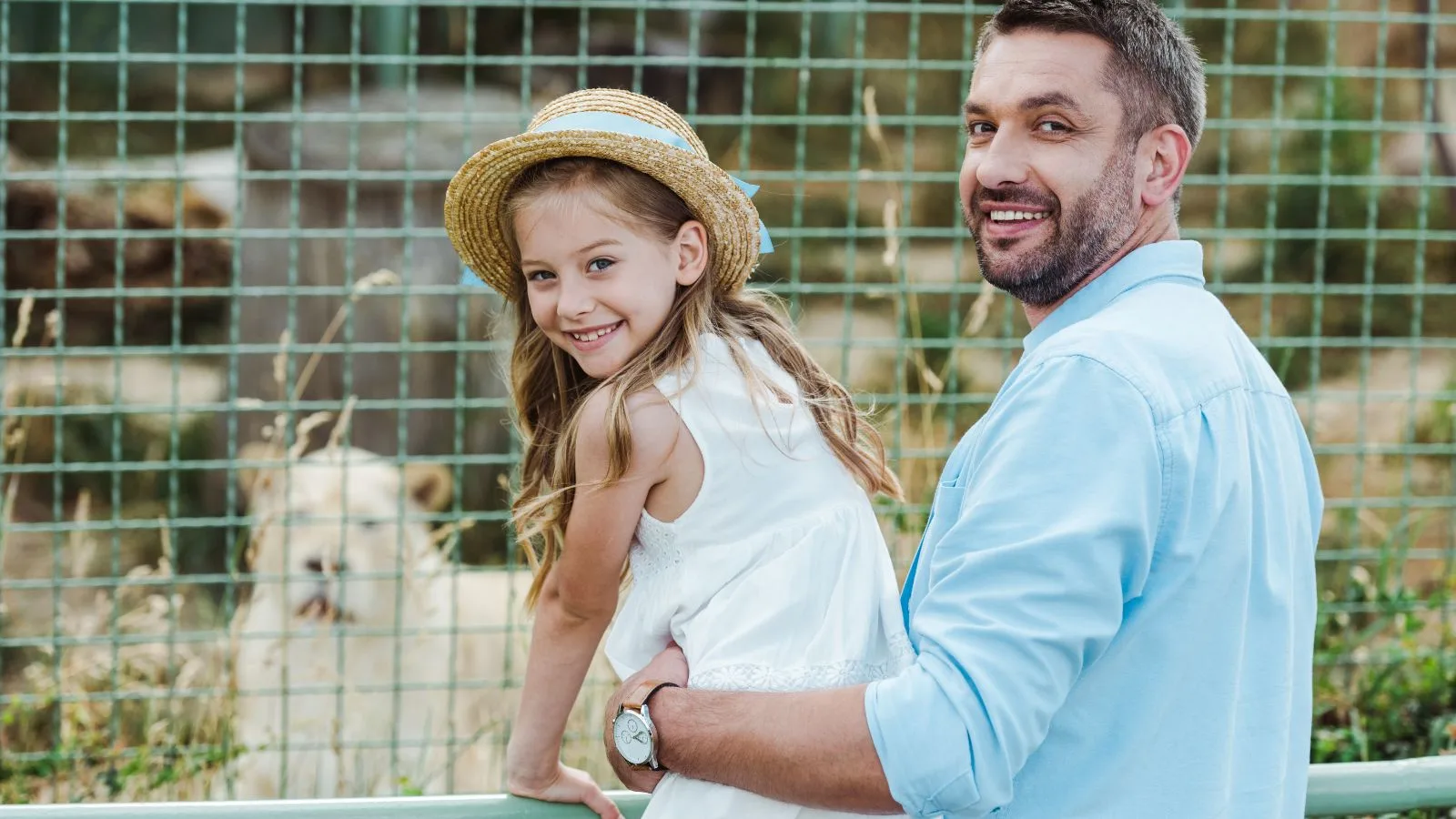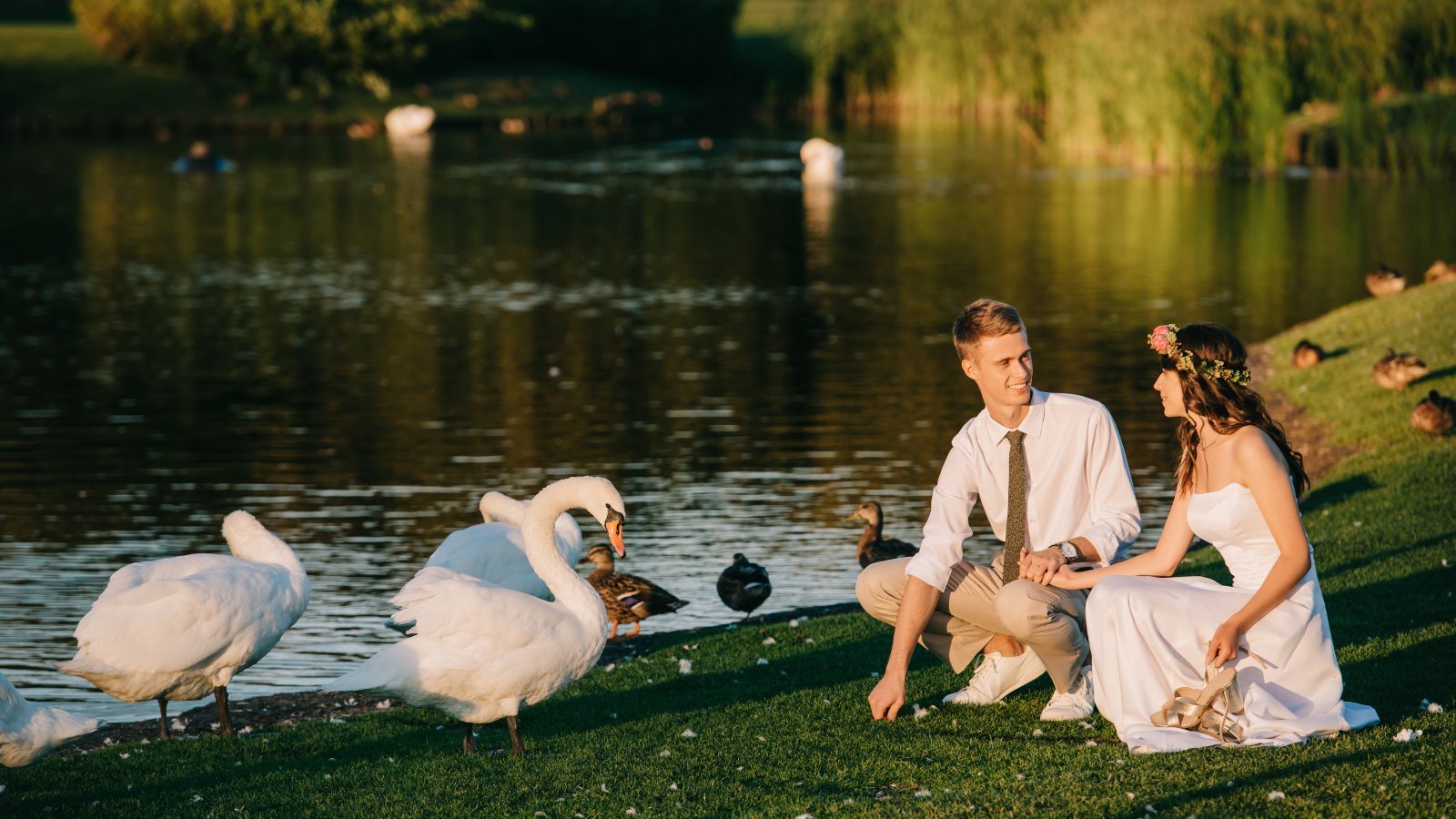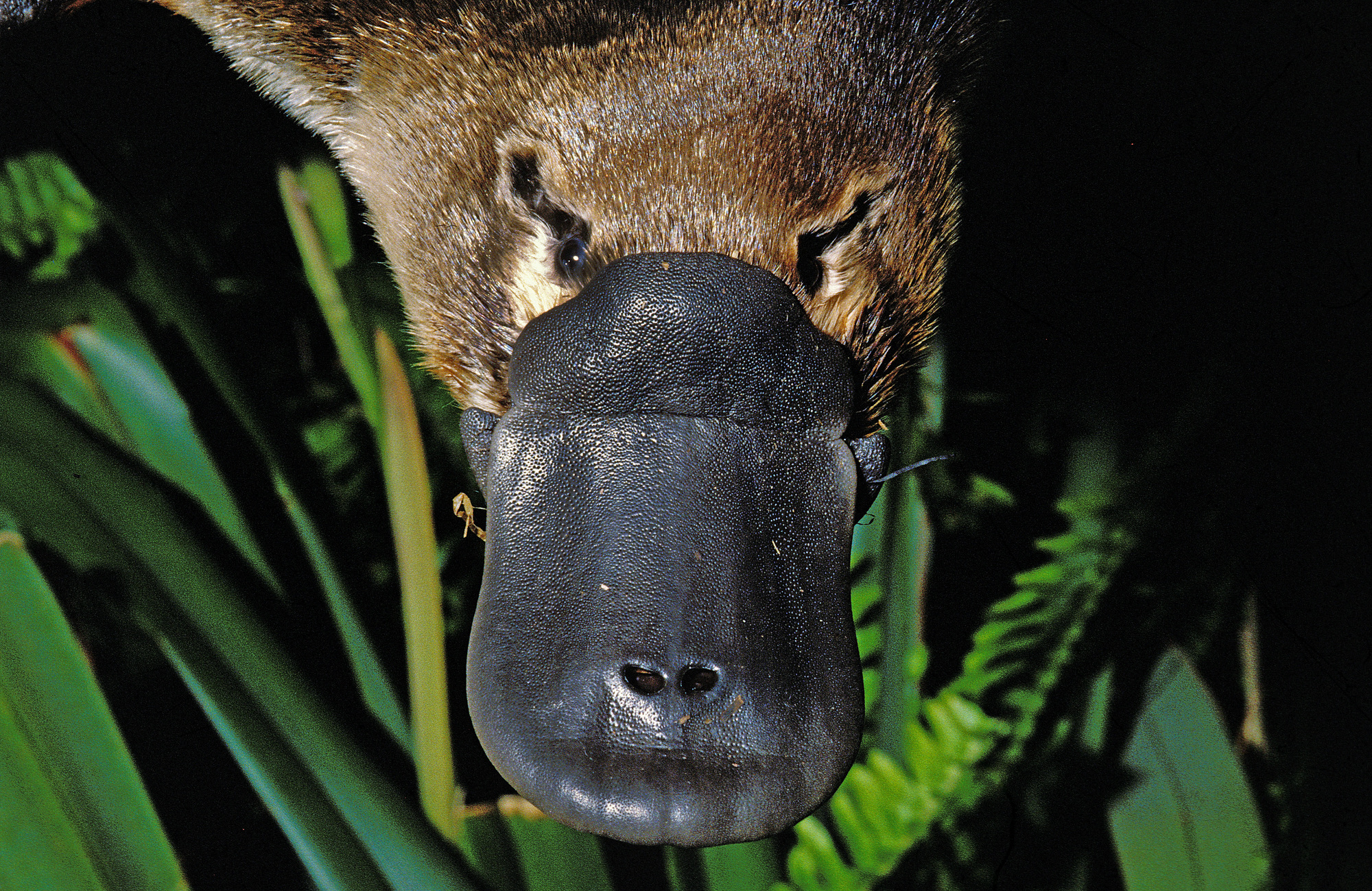Has learning a fact about an animal ever disrupted your peace of mind to the point where your perception of the entire species changed?
Here are a few that will shake your perception:
SEA OTTERS ARE MONSTROUS

Image Credit: Deposit Photos
While the playful demeanor of otters often leads to their portrayal as cute and charming creatures, it’s important to remember that they are wild animals with instincts and behavior that can be surprising and even aggressive.
Did you know that otters rape baby seals until they are dead, and some keep pups hostage for food?
LIONS ARE JERKS

Image Credit: Deposit Photos
While the majestic image of a lion commands respect, their territorial behavior can be brutal and unforgiving. When a male lion defeats a rival, the victor may kill any cubs from the loser’s pride. Additionally, any cubs who stray into another lion’s territory risk being attacked and killed, as they are seen as potential rivals.
HONEY BADGERS ARE VILE

“The honey badger looks cute and adorable, and its name is cute as well, but it’s a vicious little jerk,” said one.
“Yeah. Even a leopard isn’t going to go after a honey badger in its den,” another added.
Honey badgers will eat nearly anything they can get their claws on, including insects, reptiles, small mammals, and even carrion. This includes digging up and eating the eggs and young of other animals, which can be seen as cruel and ruthless. They have been observed tearing into prey with their powerful jaws and claws, often inflicting considerable pain and suffering. They are also relentless attackers, often pursuing their prey until they are exhausted or killed.
PANDA’S HAIR ARE SUPER ROUGH

Image Credit: Deposit Photos
“Panda’s hair is super hard and painful to touch.”
While pandas may appear soft and cuddly due to their fluffy fur, their hair is surprisingly tough and can even be painful to touch. It’s a fascinating adaptation that allows them to thrive in their unique environment.
DUCKS ARE HORRIBLE

Image Credit: Deposit Photos
“I used to love ducks, then I learned of their horrible rapist necrophile ways,” says a user.
Ducks typically have a complex mating system called “leks.” In this system, males gather in specific areas and display their plumage and vocalizations to attract females. Females assess these displays and choose to mate with the males they find most attractive. Animal behavior often serves an evolutionary purpose. In the case of ducks, forced copulation may be a strategy for males to increase their reproductive success, even if it involves coercion.
QUAILS ATTACK THEIR MALE BABIES

Image Credit: Deposit Photos
“I had pet quails that had babies. When the babies were mature enough to tell which were male and female, the mum and dad quail, along with their daughters, attacked the only male baby. When I got back from work that day, the quail had been pecked so many times its head was nothing but a skull. He had no eyes, no feathers, no skin yet still alive, just standing there while the others would casually walk up to him and take another peck. Of course, euthanasia was the only option,” a user says.
When food and other resources are scarce, quails are more likely to attack their male chicks. The aggressive behavior of quail parents towards their male offspring could be linked to hormonal changes.
Though uncommon, filial infanticide in quails represents an adaptation that has evolved over time. By eliminating potential competitors and maximizing resource allocation, this behavior increases the reproductive fitness of both males and females.
DOGS DON’T LIVE LONG

Image Credits: Deposit Photos.
“Dogs don’t live very long. I still have them as pets and love them like family, though. I can’t resist. I have more compassion for dogs than I do for humans,” says a user.
Humans generally live much longer than dogs, creating an inherent imbalance in the relationship. Knowing that our furry friends will only be with us for a fraction of our lives can feel unfair and lead to feelings of grief and loss long before their time.
BUTTERFLIES HAVE SUPER LONG WHIP-TONGUES

Image Credit: Deposit Photos
“When I was a little boy, I used to love butterflies absolutely, but once I found out they had super long whip-tongues for eating pollen, I immediately became disgusted by them and developed a strong case of entomophobia for years until I discovered my love for honey bees,” says a user.
Not only are these tongues ridiculously long, but they’re also used for things you wouldn’t expect. These butterflies don’t just sip nectar; they’re downing mud puddles, rotting fruit, and even animal poop! They’re nature’s little vacuum cleaners, slurping up all the nasty stuff to get their nutrients.
THE GREEDY FEMALE JAPANESE SNOW MONKEY

Image Credit: Deposit Photos
“Those Japanese snow monkeys are so famous for soaking in hot springs. Despite the springs being more than big enough to hold the whole troop, the alpha female lets only the ones she likes the most get into the warm water and attacks any others who try to get in. It’s turned them into a metaphor for human greed for me.”
It turns out that some people believe that female Japanese snow monkeys are very picky about who they share their hot spring with, and only the coolest monkeys (literally and figuratively) make the cut. If some outsider tries to muscle in, things get heated. The alpha females, the queens of the spring, will unleash their inner dragon lady and show that monkey who’s boss.
BABY KOALAS EAT POOP

Image Credit: Deposit Photos
“Baby koalas eat their mother’s poop,” says a user.
Imagine a baby koala, all fluffy and cute, clinging to its momma. Now, here’s the thing: those koalas have a secret snack they enjoy. It’s not leaves or berries, but something way different… their mom’s poop!
It might sound weird, but it’s actually super important for baby koalas. You see, koala moms have special poop that contains good bacteria. These bacteria help baby koalas digest their first leaves, which are tough and hard to process. It’s like a starter kit for their little tummies!
TURTLES’ WEIRD BREATHING ORGANS

Image Credit: Deposit Photos
“Turtles can breathe out of their butt,” says a user.
While it might sound strange, turtles do, in fact, have the ability to breathe through their butts! This fascinating adaptation, known as cloacal respiration, allows them to survive underwater for extended periods, especially during hibernation.
WOODPECKERS ARE JERKS

Image Credit: Deposit Photos
“Woodpeckers are jerks; they kill baby birds and eat them,” says a user.
In rare cases, woodpeckers might compete with baby birds for food sources, especially if resources are scarce. This can lead to aggression towards the nestlings, including pecking and even killing them. It’s important to note that woodpecker attacks on baby birds are not always intentional or malicious. Sometimes, they may mistake the nest for an insect-infested area or accidentally harm the chicks while searching for food.
PEACOCKS

Image Credit: Deposit Photos
“Peacocks. I thought it was a female with a beautiful tail. I can’t love them as much after learning they were males. Felt a little gay, you know,” says a user.
The male peacock’s extravagant tail is indeed a curious evolutionary phenomenon. While vibrant displays are often associated with females in the animal kingdom, the peacock bucks this trend.
While the peacock’s tail may seem unusual from a human perspective, it serves a crucial function in the species’ reproductive success. This adaptability and diversity are what make the natural world so fascinating to explore and understand.
PLATYPUS HAVE VENOMOUS SPINES

Image Credit: Deposit Photos
“Platypus have venomous spines behind their legs!” says a user.
The platypus is a truly bizarre creature, and one of its weirdest features is its venomous spines. These spines are located on the hind legs of males and are connected to a gland that produces a potent venom. The platypus is one of the only five known venomous mammals in the world, making it an evolutionary oddity.
15 Lies That Are Poisoning Your Mind. They’re Absolute Lies.

Image Credits: Deposit Photos.
What if I told you that there are a staggering number of widely accepted ‘facts’ that are, in fact, demonstrably false?. Read more.
The 14 Biggest Problems With Religion, According to People. Do You Think So Too?

Image Credits: Deposit Photos
Like anything else in this world, each one of us has a different opinion about religion in our eyes. What’s your single most-concerning issue? Find out here.
14 Traits That Make You More Likable, Even If You Don’t Realize It

Image Credits: Deposit Photos
What’s something different that you find attractive? It could be as simple as a cute dimple or a special smile, or it could be something. Read more.
16 Things You Get Judged For, Did You Know?

Image Credits: Deposit Photos
Public behavior often shapes others’ perceptions. It is crucial to avoid disturbing others in public spaces. Read about things you can get judged for.
16 Habits That Are Killing You Slowly

Image Credits: Deposit Photos
In our pursuit of enjoyment, we sometimes neglect our bodies. Unhealthy habits and lifestyles have become commonplace, leading to more harm than good for us. Read more.
This article was originally published on Mrs. Daaku Studio.
